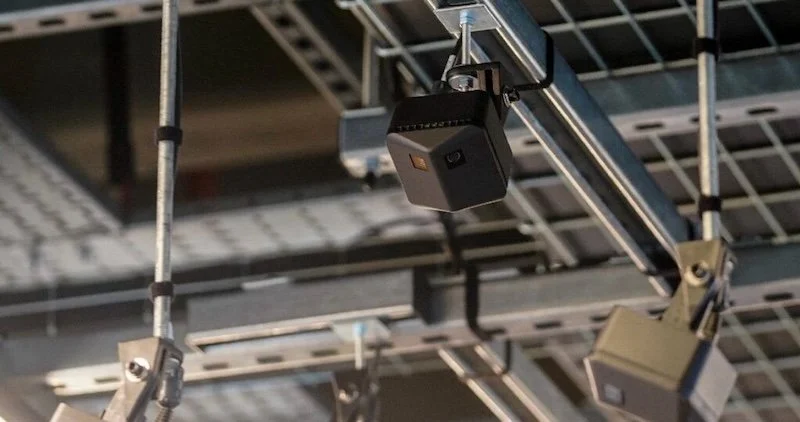Future of UX design: AI and machine learning revolution
Artificial intelligence and machine learning have been trending for the past few years. Remember when every article and post sang the praises of artificial intelligence? While the global buzz has mellowed, these technologies continue to evolve. And there are applications of AI and ML that aren't immediately obvious at first glance.
In this post, we’ll enlist ten things that AI and ML enhance in UX design. This information will be useful either for clients or for UI design services.
Is the buzz about AL and ML still relevant?
Yes, of course! Artificial intelligence and machine learning are not the talk of the town now, though they still contribute to the enhancement of the digital experience.
Due to them, companies can understand their audience better, improve user flow, and offer new functions that can reorganise the user experience.
By the way, IBM's report indicates that 35% of organizations have now integrated artificial intelligence into their business operations, marking a 4% rise from the previous year. It's a good idea to catch up with this trend.
Let’s explore the applications of AI and ML in design. We’ll start with features visible to target users.
1. Chatbots
One of the big problems with chatbots is that users need to wait for an operator to respond. This can result in frustratingly long delays. With AI, businesses may offer a round-the-clock communication channel.
Natural language processing (NLP) is a technique used by artificial intelligence (AI) driven chatbots to understand the context, sentiment, and intent of a message in order to provide more accurate and helpful responses.
2. Tailored recommendations
UI design agencies use AI algorithms to analyze user behavior, preferences, and contextual factors to provide highly personalized recommendations. Machine learning models continuously refine these suggestions, making them more accurate over time.
No matter what sphere you operate in - e-commerce, media, music, or even sport - AI technologies can help you build a profound system of tailored recommendations.
3. Predictive search
AI enhances search capabilities by providing relevant results based on context and previous interactions. Machine learning models can suggest search terms and autofill options. For e-commerce and IoT websites and apps, this is a game changer.
4. Voice user interface (VUI)
AI and NLP advancements enable VUIs to understand and process natural language more effectively.
These systems can handle a wider range of accents and dialects, understand context, and execute complex commands. This makes voice interactions smoother and more accessible, broadening the appeal and usability of VUIs.
5. Emotion recognition
Real-time AI emotion detection examines speech tones, facial expressions, and other biometric information to determine the emotions of the user.
This makes it possible to create adaptable interfaces that react to the emotions of the user. For example, an AI-driven system can offer calming visuals or support if it detects user frustration.
AI and ML can also enhance the way UI/UX design agencies create their products and interact with clients. Here are some ways of using new technologies:
6. User behaviour analysis
AI makes it easier to get insights by automating the examination of user behaviour.
With artificial intelligence, UI/UX companies can easily spot trends and patterns. This makes it possible for designers to make data-driven decisions that successfully address user pains and needs.
7. Testing the UX/UI
UI/UX design studios simplify the A/B testing with AI. Artificial intelligence automates every stage of the procedure - from test preparation to analysis. What is more, multiple tests may be carried out simultaneously and in real time.
8. Automated design tools
Artificial intelligence offers design alternatives and enhancements based on user data and design best practices.
Routine operations like layout development, colour choosing, and asset generation can be automated. As a result, UI/UX services may concentrate on more strategic and creative parts of the project by using these tools.
9. Enhanced client interactions
AI enhances client interactions by providing automated updates and real-time feedback. Machine learning models generate reports and visualizations to clearly and efficiently communicate project progress and outcomes.
AI can also analyse client feedback to identify areas for improvement, helping to ensure a better customer experience.
Wrapping up
More and more, UI/UX design agencies are tapping into AI and ML to boost their projects. If you're thinking about creating a new app or refreshing an existing one, consider using these technologies.
They offer insights into user behaviour, anticipate needs, and streamline processes. Bringing AI and ML into your design toolkit can give your project an edge, helping you craft exceptional user experiences that stand out.
Sources
10 dos and don’ts of UI/UX design for dating apps — blog.icons8.com


































Continue reading…